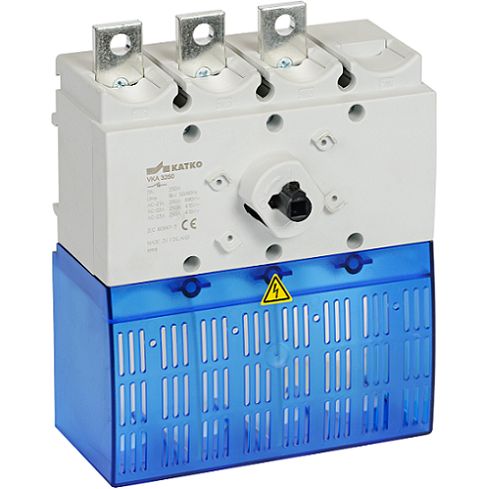
Load Break Switch

Fused types are integrated load break switches that fuse one or more poles in series.
The device is registered under normal network conditions such as overvoltage caused by reasons such as lightning striking the distribution systems with impulse withstand voltage (Uimp). This definition also indicates the dielectric quality of the device. Choosing a device according to the Uimp values guarantees overvoltage protection. These values are declared in the relevant technical catalogues for all Katko load break switches. For almost all Katko load break switches, this value is 8 kV, which corresponds to the 4th category recorded for the main break switches in the region. In this respect, it can be used in categories 1, 2, 3 and 4 among Katko load break switches.
The normal operating temperature for Katko switches is between -40 and +80°C. However, as with all industrial products, there will be a decrease (lower) in the maximum load values above +40°C.
Katko switches are designed according to the international listing scheme:
- Products are tested according to IEC 60947 (IEC 60947 -AC 23 / 690V values are declared)
- 50 kA R.M.S values are declared
- CB certificates are available
- UL, CUL products are available (UL 60947-4-1A)
- Fuse protectors comply with IEC 60269 / UL 4248-1


